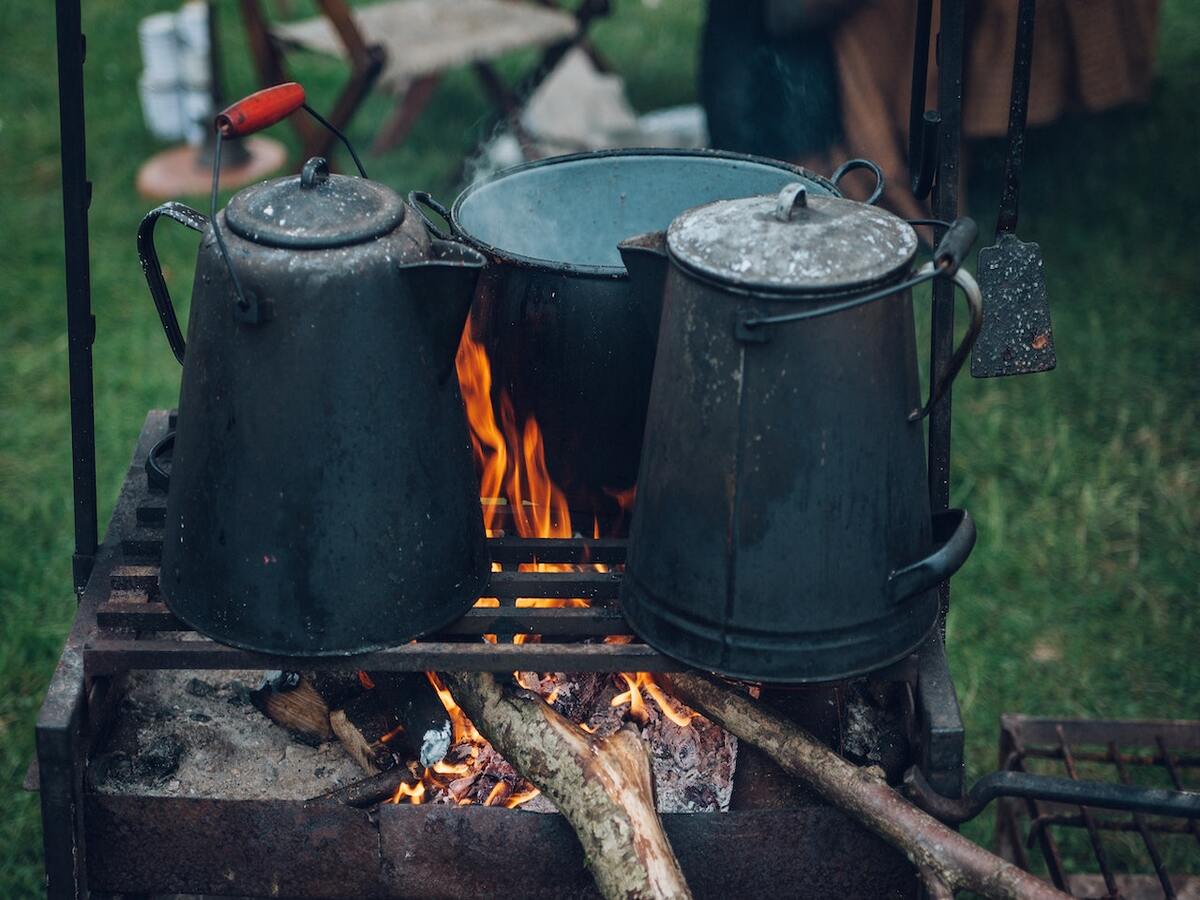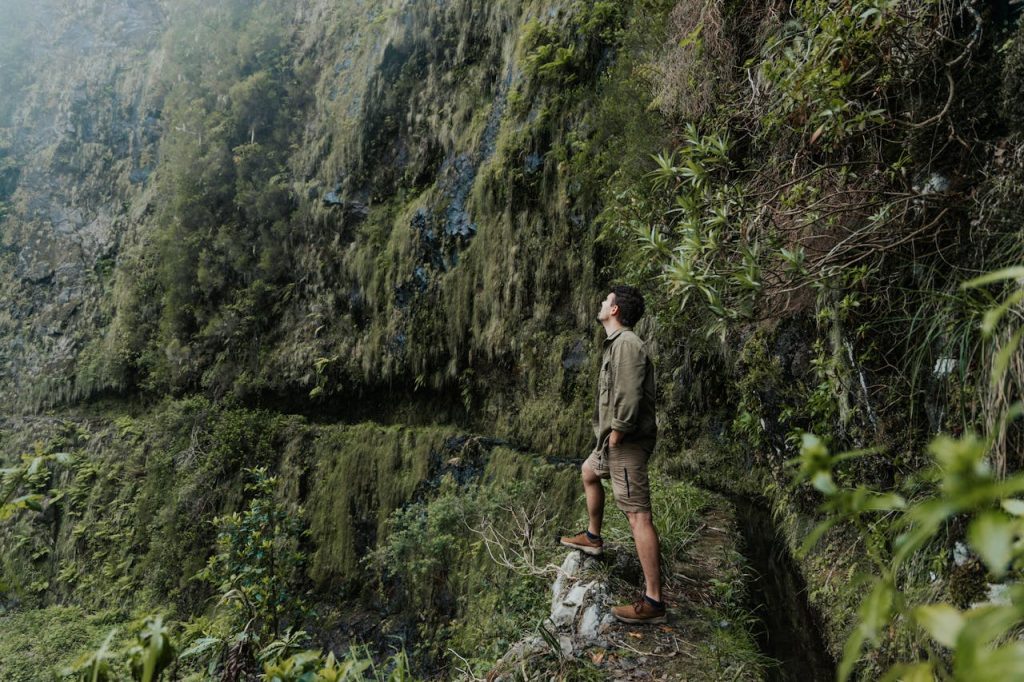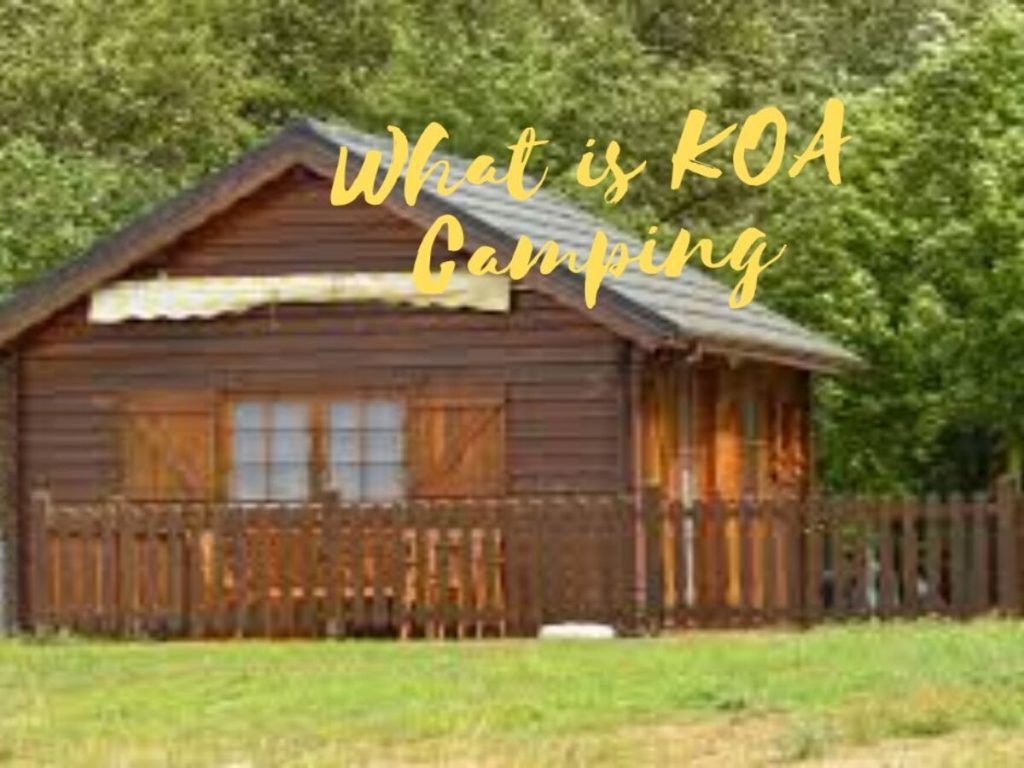Properly storing firewood while camping is crucial for a safe and enjoyable camping experience. It ensures that you have dry and seasoned wood for your campfire and helps prevent the spread of pests and diseases that can harm the local ecosystem. This guide will discuss how to store firewood while camping, including tips for selecting and preparing firewood and methods for keeping it dry and protected from the elements.
Whether you’re a seasoned camper or new to the outdoors, this guide will help you make the most of your camping firewood.
Importance of having a supply of firewood while camping
Table of Contents
ToggleHaving a supply of firewood while camping is essential for several reasons. A fire can provide warmth, light, and a way to cook food. It can also serve as a gathering place for socializing and creating memories. Additionally, firewood can be used as a heat source for drying wet clothes or gear. A consistent supply of dry firewood will ensure that you have a reliable source of heat and light during your camping trip.
Furthermore, using firewood is also a more environmentally friendly option than using propane or other fossil fuels. It’s important to remember that not all campsites allow gathering firewood, so it’s best to check with the campground before gathering firewood.
Preparing for storage
Choosing the right type of wood:
Not all varieties are suitable for burning. Hardwoods such as oak, hickory, and ash are the best wood for camping fires as they burn longer and at a higher temperature than softwoods like pine or cedar. Hardwoods also produce less smoke and creosote, which can build up in your camping stove or chimney and cause a fire hazard.
Splitting and drying the wood:
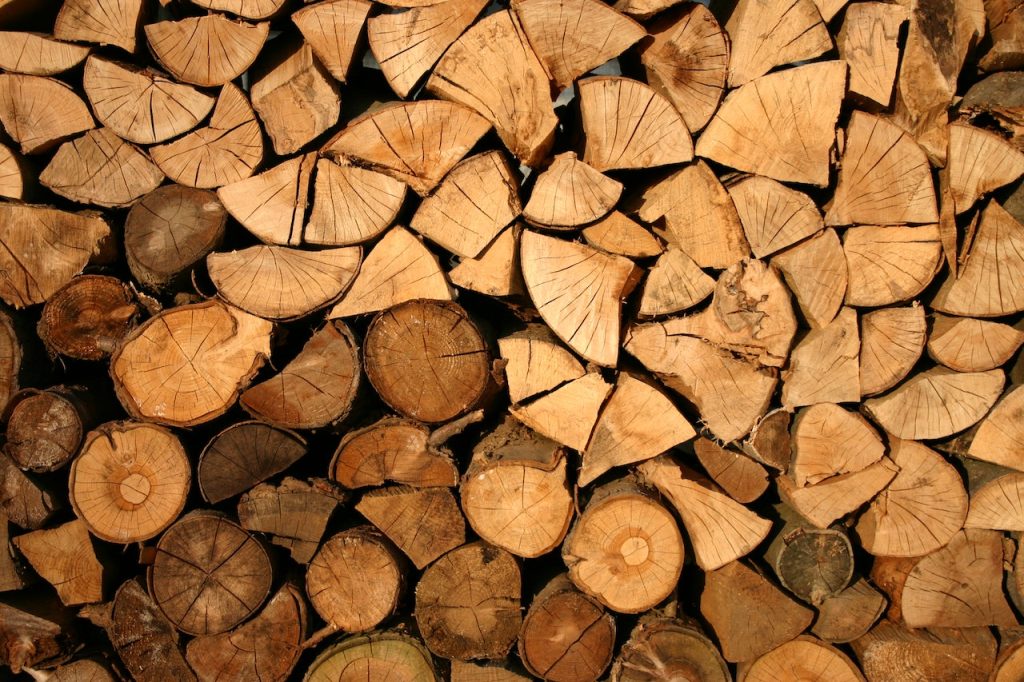
Before storing firewood, breaking it into smaller pieces is essential to ensure it dries properly. Splitting the wood also makes it easier to burn and allows for better airflow, which helps the wood dry faster.
Let the wood dry for at least six months, ideally a year, before using it as green or freshly cut wood will produce more smoke and less heat.
Bundling and protecting the wood from moisture:
Once the wood is dry, it should be bundled and protected from moisture. This can be done by wrapping the wood in a waterproof tarp or plastic sheeting and storing it in a dry place. Ensure the tarp or plastic is securely fastened to the wood pile, so it doesn’t blow away. Storing the firewood off the ground on a raised platform is also important to ensure it stays dry and well-ventilated.
Storing the Firewood:
Options for storing firewood while camping:
Depending on your specific needs and the camping type, there are a few different options for storing firewood while camping. Some popular options include:
A firewood rack:
This simple, elevated stand keeps the wood off the ground and allows good airflow.
A camping firewood cart:
This is a wheeled cart that can be used to transport firewood from your car to your campsite.
A camping firewood shelter:
This is a small, enclosed shelter that can be used to store and protect your firewood from moisture and bugs.
Tips for keeping the wood dry and protected from bugs:
- Store firewood in a dry, well-ventilated area away from direct sunlight.
- Keep the wood off the ground by using a rack or shelter.
- Cover the wood with a waterproof tarp or plastic sheeting to protect it from moisture.
- Use a bug spray or insecticide to keep bugs and insects away from the wood.
- Keep an eye out for signs of bug infestation, such as holes in the wood, sawdust, or small piles of debris. If you notice any symptoms of infestation, dispose of the infected wood to prevent the bugs from spreading to other pieces of wood.
- In some areas, there might be regulations or rules that restrict or prohibit the use of firewood. Be sure to check with the campground or park before gathering or storing firewood to avoid any violation.
Using the Firewood:
Starting a fire while camping can be fun, but doing it safely and responsibly is essential. Start by selecting a safe location for your fire, away from overhanging branches, dry leaves, or other flammable materials. Clear the area around the fire pit of debris and ensure a water supply is nearby in case of an emergency.
To start the fire, use small, dry twigs and kindling to create a base for your larger pieces of firewood. Make sure to stack the wood in a teepee shape, leaving a small opening at the bottom to allow airflow. Once the kindling is burning well, add larger pieces of wood to the fire, leaving space between the pieces for good airflow.
Safety Precautions:
- Always use a designated fire ring or pit if the campground provides one.
- Never leave a fire unattended; ensure it’s completely extinguished before leaving the area.
- Keep a bucket of water or a shovel and dirt nearby to extinguish the fire if necessary.
- Do not burn trash or any other materials that may produce toxic smoke.
- Be mindful of fire restrictions and weather conditions, as fires may be prohibited during dry or windy conditions.
Tips for Maintaining a Steady Fire:
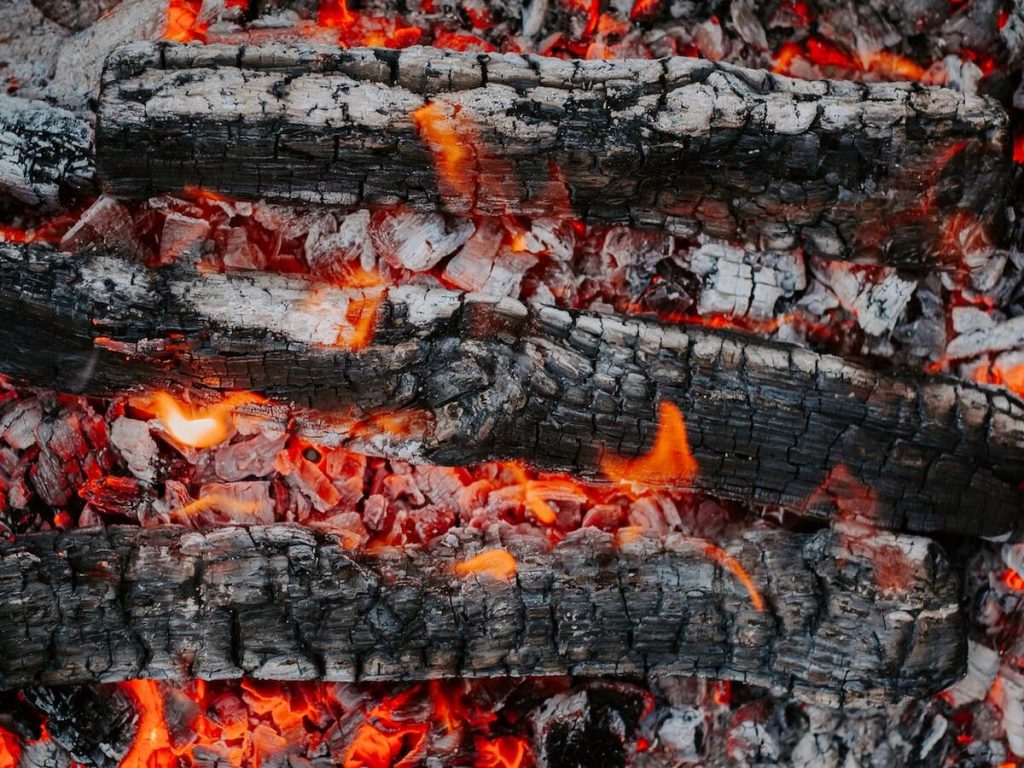
- Use dry, seasoned firewood to ensure the fire burns efficiently and produces less smoke.
- Keep the fire small and manageable, only adding more wood as needed.
- Ensure the fire has enough oxygen by leaving space between the pieces of wood and not overloading the fire pit.
- Keep the fire low and close to the ground to prevent it from spreading too hot.
- Use a fire starter or firelighter to make it easier to start the fire.
Once the fire is going, enjoy the warmth and ambiance, but remember to keep safety in mind. Never leave a fire unattended; ensure it is completely extinguished before leaving the area. With some preparation and care, a campfire can be an excellent addition to any camping trip.
Conclusion
Storing and using firewood while camping is a must-have, it provides warmth, light, and a way to cook food, but it is essential to do it safely and responsibly. Prepare the firewood by choosing the right type, splitting and drying it, and protecting it from moisture. When building a fire, select a safe location and ensure a water supply nearby. Follow safety precautions such as never leaving the fire unattended and following fire restrictions. Finally, maintain a steady fire using dry seasoned firewood, keeping the fire small and manageable and adding enough oxygen.
FAQs
How much Firewood Do I Need for 3-4 days of camping?
Typically, campers use between 2 to 5 bundles of firewood daily, equating to 10 to 25 logs. However, It also depends on factors such as the size of your fire, the type of firewood you are using, and how much time you plan to spend around the fire. Having more firewood than you think you’ll need is always better.
How much wood can you burn overnight?
Generally, for every 1/2 inch of firewood, your campfire will burn for approximately one hour.

